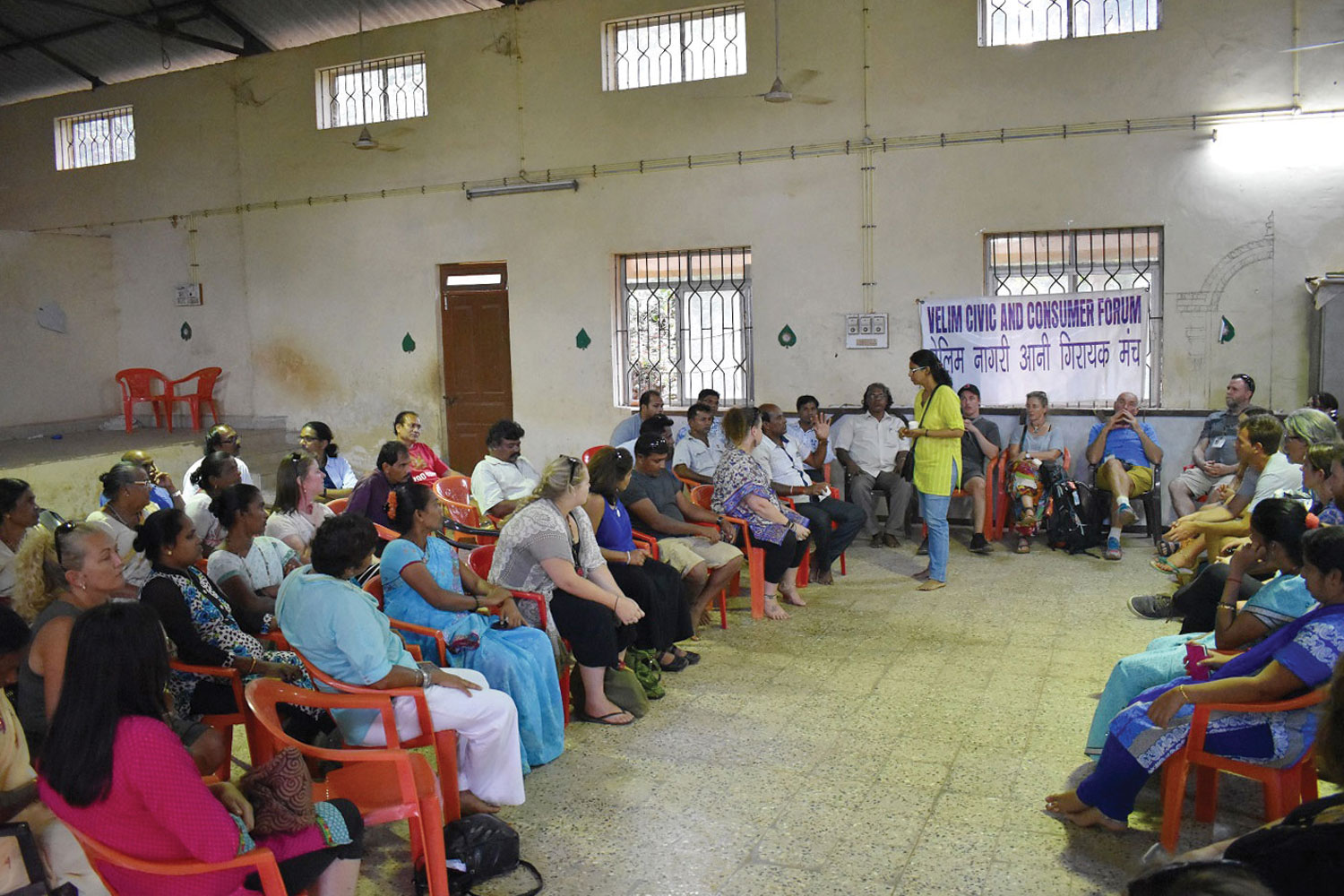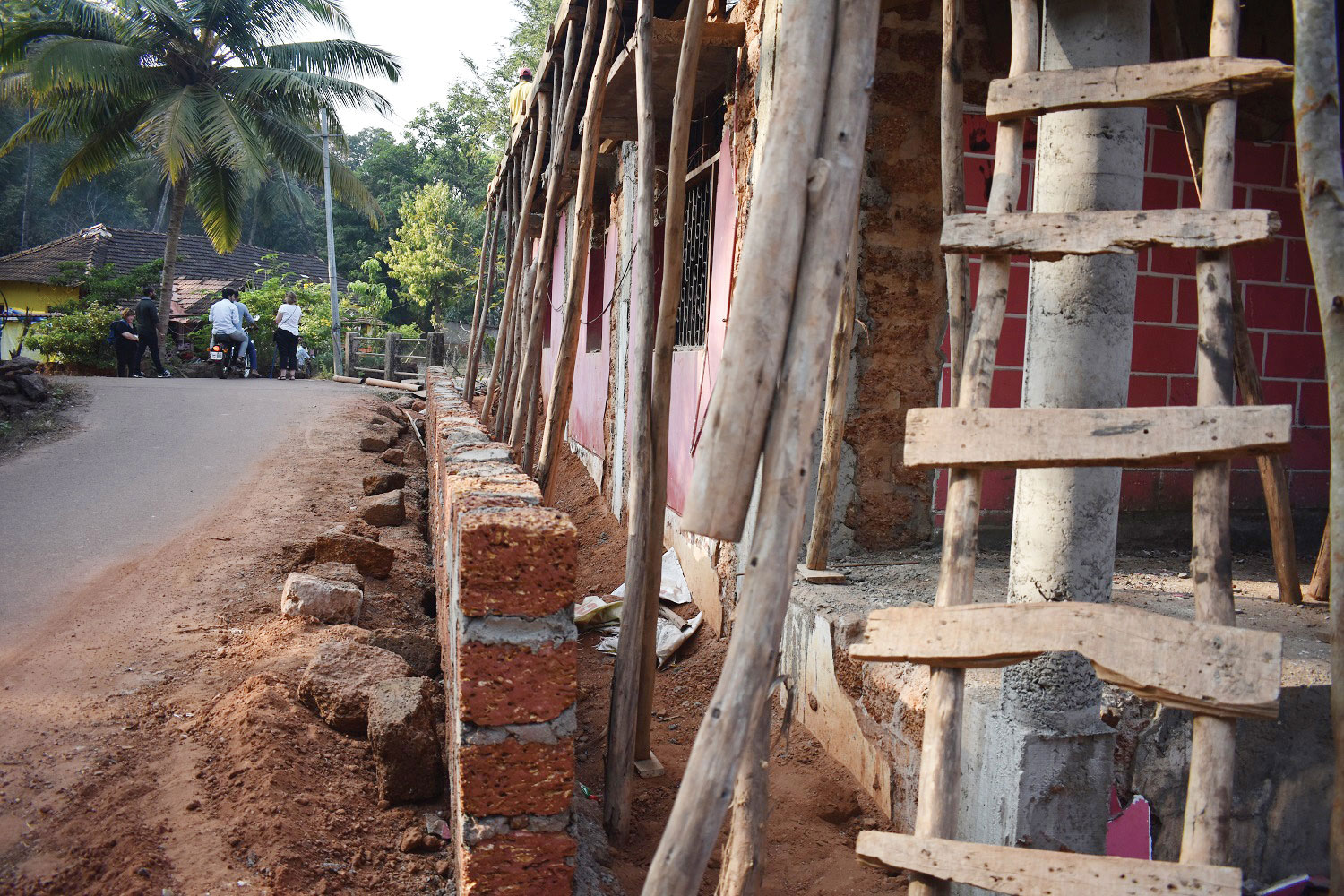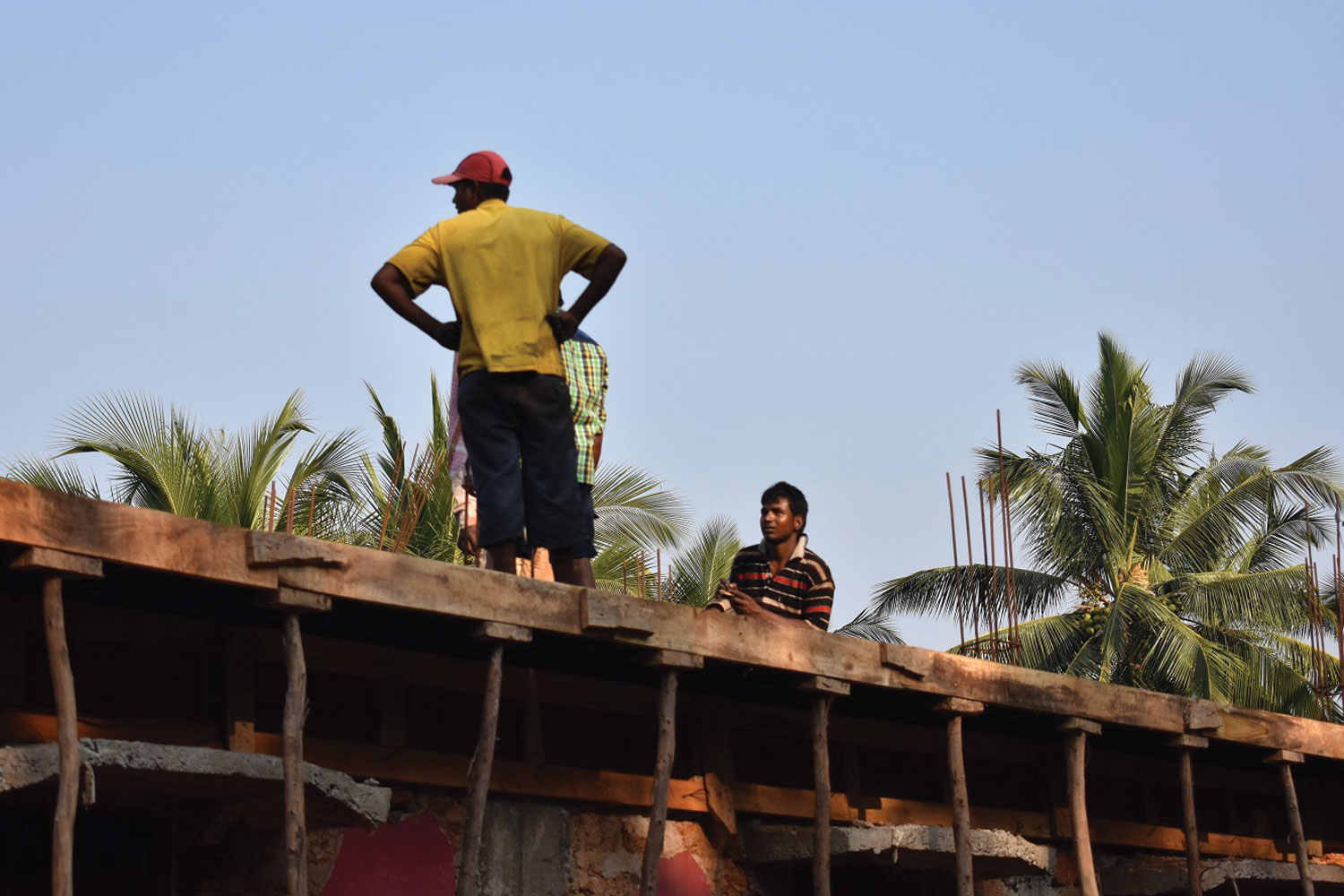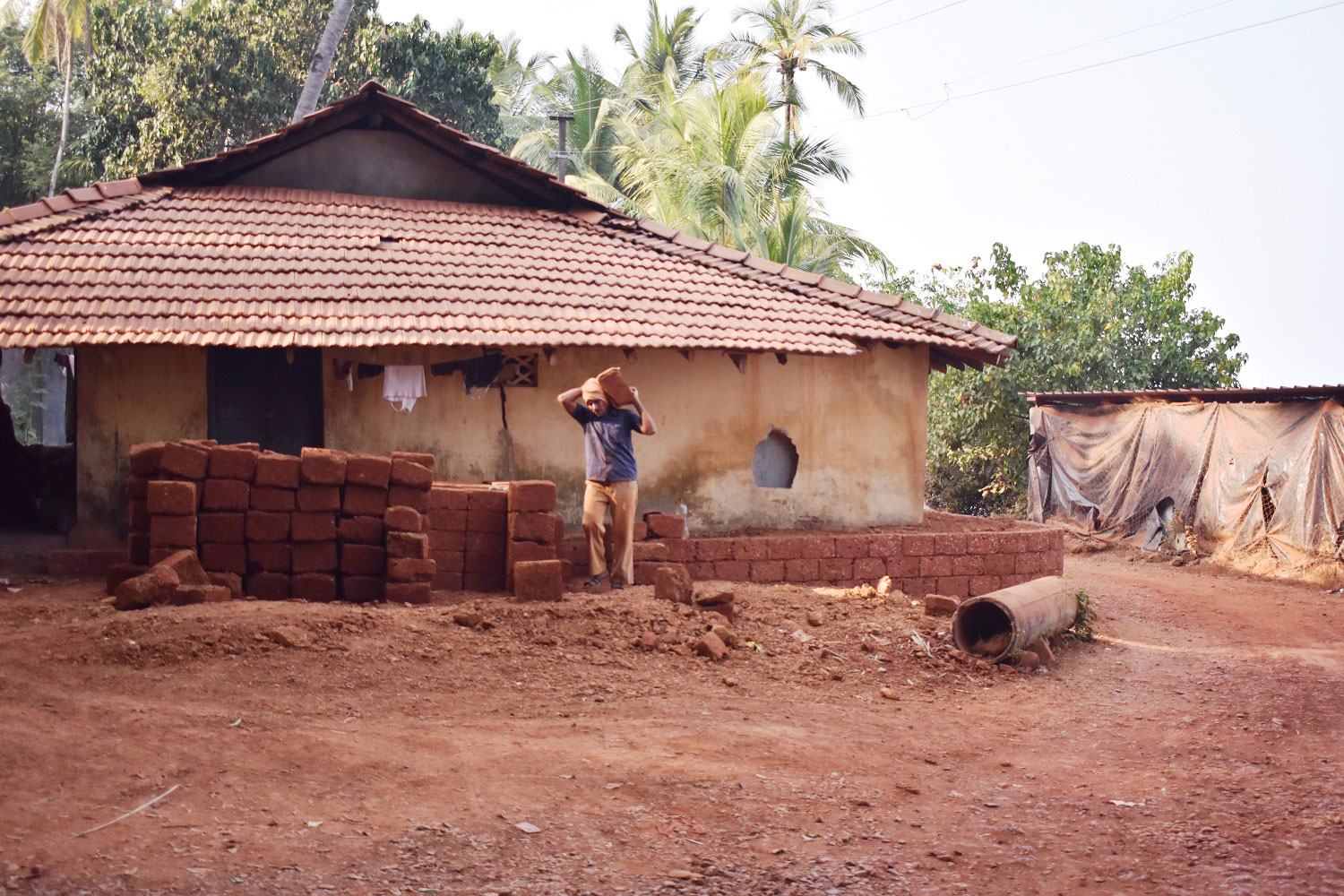When you remove the notation of planning regulations and building contract codes, you immerse yourself into a world of architecture totally and completely based on connectedness.
After 2 years of volunteering my time on project work for isolated, rural regions of India, I decided it was time to take the plunge and go over myself. A few designers and builders from Australia rallied together and flew over in December to work on the construction of a community building in Madhya Pradesh. Preparation for the trip wasn’t easy, funding was scarce and there was no phone service, let alone internet. The roads seamed to disappear into the nothingness of thick jungle, and we were constantly hit with the unbearable heat of the hot sun above us.
Working with the local people was incredible; everyone’s enthusiasm and willingness to get involved made the whole experience unbelievable. We began prepping the site and everyone in the community, from the tiny kids, to the elderly pitched in.
The community building itself was originally quite modest in size, it was to have a space for cooking, a space for meetings, a space for visiting teaches to sleep, and a deck connecting the building to the river; an essential part to the local culture.
Every inch of a building design needs to be based on the people who will use it. It was vital that the community took ownership over the designs, and became excited with the possibilities of what the future could hold. Even though we had worked on the masterplan for this village for almost a year, once we got to India, we needed to workshop everything all over again.
The Community centre will be used as learning areas, where member of the community can share their skills and pass on knowledge. The current local housing is tiny and has no room for people to congregate. The community building will act as a centre of activity, and a platform for future growth.
The realities of building in an isolated village meant that it was very difficult to source materials and labour. We began developing ideas on how to use the clay and bamboo from around the area, and began teaching the locals how to use machinery such as a clay brick press. The more material we used from the region, the less we needed to import, and thus created less pressure on the already limited funds available. The idea was, that the construction of this building would act as a learning tool, to teach the locals trade skills, and how to build with modern tools and equipment.
Being part of a building project based in such a remote part of the world, I am reminded of how important the environment is to a community. The building needed to react to the climate, and breathe in the heat. It needed to withstand the harsh temperature, and have the ability to grow with the community as needs change.
During my time in India I learnt the importance of starting with the strengths of a community and to be inspired by their values. At Smith and Tracey we start our process by understanding the culture of our clients and of place, through our collaboration and workshopping process. As designers we are the facilitators for change.




